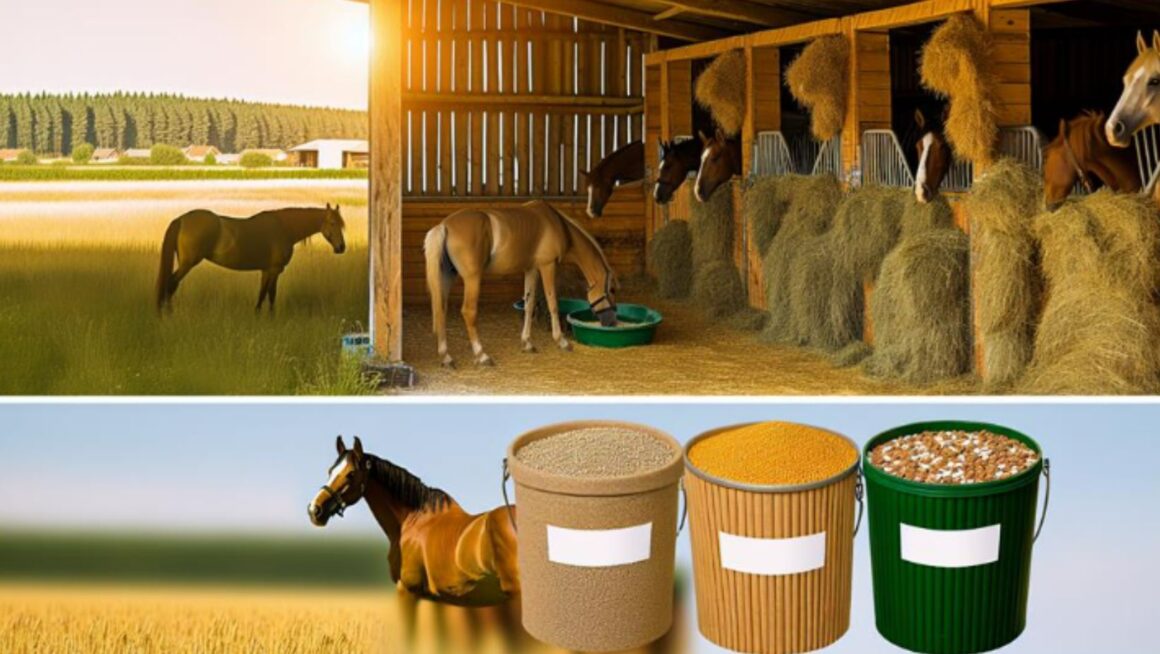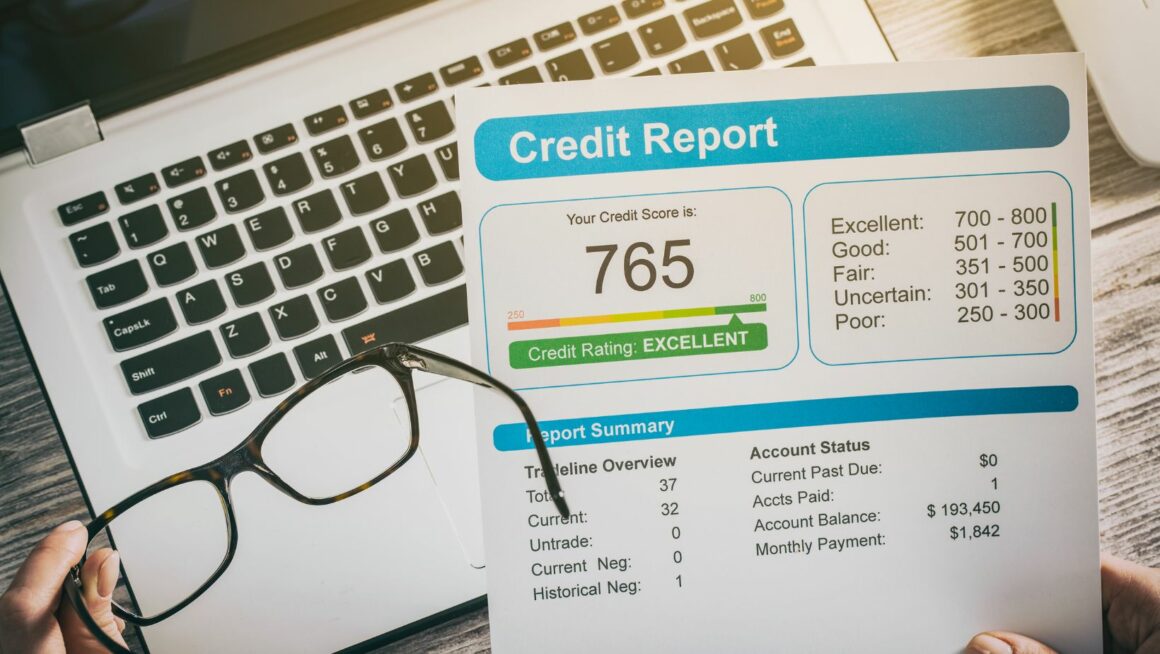You might not know that equine ration balancers can prevent nutrient deficiencies without adding excess calories to your horse’s diet. These supplements are designed to provide essential vitamins, minerals, and proteins tailored to your horse’s specific needs, whether they’re young, active, or have unique dietary requirements. Selecting the right balancer and using it correctly can significantly impact your horse’s health and performance. So, how do you choose the best one and ensure it’s used effectively to support your horse’s well-being?
Understanding Ration Balancers
Ration balancers are frequently utilized in equine nutrition to provide a concentrated source of essential vitamins, minerals, and proteins without unnecessary calories. These balancers are designed to complement a horse’s forage-based diet, ensuring that nutritional deficiencies are addressed efficiently.
Different balancer types cater to various equine needs, including those specific to age, activity level, and health conditions. For instance, there are balancers formulated for young growing horses, performance horses, and senior horses, each containing tailored nutrient profiles to support optimal health and performance.
When incorporating ration balancers into your horse’s diet, understanding the proper feeding frequency is crucial. Most balancers are designed to be fed once or twice daily, depending on the specific product and the horse’s individual requirements. Overfeeding can lead to nutrient imbalances and health issues, so adhering to manufacturer guidelines and consulting with an equine nutritionist is recommended.
Research indicates that ration balancers can contribute significantly to maintaining a balanced diet when used correctly. They offer a practical solution for horse owners looking to ensure their animals receive comprehensive nutrition without the risk of overfeeding calories. Accurately selecting and administering the appropriate balancer type will optimize your horse’s health and wellbeing.
Key Nutrients Provided
Understanding how ration balancers fortify your horse’s diet requires a closer examination of the key nutrients they provide, including essential vitamins, minerals, and high-quality proteins.
First, let’s address the vitamin content. Ration balancers are meticulously formulated to ensure your horse receives adequate levels of fat-soluble vitamins such as A, D, E, and K, as well as water-soluble vitamins like B-complex and C. These vitamins play crucial roles in metabolic functions, immune response, and overall vitality.
Next, consider the mineral balance. Ration balancers supply a precise mix of macro and trace minerals like calcium, phosphorus, magnesium, and selenium, which are pivotal for skeletal health, muscle function, and enzymatic reactions. The balance of these minerals is critical; an excess or deficiency can lead to severe health consequences.

Lastly, high-quality proteins in ration balancers deliver essential amino acids like lysine, methionine, and threonine. These amino acids are indispensable for muscle repair, growth, and overall cellular function.
Choosing the Right Balancer
Selecting the appropriate balancer for your horse involves evaluating its specific dietary needs, activity level, and existing forage quality. You need to analyze the nutrient profile of your pasture or hay to determine what’s lacking. For instance, if your forage is deficient in essential vitamins and minerals, a balancer designed to fill those gaps is crucial.
When considering ingredient sourcing, opt for brands that prioritize high-quality, traceable ingredients. The origin of these ingredients can significantly impact the nutritional value and safety of the balancer. Look for brands that provide transparent sourcing information and adhere to stringent quality control standards.
Brand recommendations are also vital. Consult with equine nutritionists or veterinarians to identify reputable brands known for their research-backed formulations. Some well-regarded brands in the industry include Triple Crown, Purina, and Nutrena. These brands have established credibility by consistently delivering balanced, nutrient-dense products tailored to various equine needs.
Additionally, consider the horse’s workload and metabolic rate. A high-performance horse will require a different balancer compared to a sedentary one. By matching the balancer to your horse’s specific requirements, you’ll ensure optimal health and performance. Always cross-reference the nutritional information with professional advice to make an informed decision.
Benefits for Different Horses
By considering the unique dietary requirements of different horses, you’ll harness the specific benefits that ration balancers offer to optimize health, performance, and overall well-being. Performance enhancement is a critical focus for equine athletes. Ration balancers deliver concentrated nutrients without excess calories, ensuring your horse receives essential vitamins, minerals, and amino acids needed for peak performance and rapid recovery. High-performance horses benefit from a balanced nutrient profile, which supports muscle function, stamina, and overall metabolic efficiency.
For horses primarily grazing on pasture, ration balancers play a vital role in pasture supplementation. While fresh forage is rich in fiber, it often lacks certain micronutrients necessary for optimal health. Ration balancers fill these nutritional gaps, ensuring your horse gets a complete and balanced diet. This is particularly important for easy keepers or horses on restricted diets, as it avoids the overconsumption of calories while still providing essential nutrients.
Additionally, senior horses or those with specific metabolic conditions benefit from the targeted nutrient delivery of ration balancers. By precisely adjusting their dietary intake, you can manage conditions like insulin resistance or laminitis more effectively. Ultimately, ration balancers offer a tailored nutritional solution, enhancing the health and performance of diverse equine populations.
Tips for Effective Use
Maximizing the benefits of ration balancers requires a strategic approach tailored to your horse’s specific nutritional needs and activity level. To start, accurately assess your horse’s dietary requirements by considering factors such as age, workload, and existing health conditions. Consulting with a veterinarian or equine nutritionist ensures a precise evaluation, guiding your feeding plan.

Next, establish an appropriate feeding frequency. Horses benefit from consistent, smaller meals throughout the day, which aligns with their natural grazing behavior. This practice not only aids digestion but also maintains steady blood sugar levels. Aim to distribute the ration balancer into at least two to three feedings daily.
Portion control is critical. Determine the correct amount based on your horse’s weight and the manufacturer’s guidelines. Overfeeding can lead to nutrient imbalances and health issues, while underfeeding fails to meet dietary needs. Regularly weigh the ration balancer to ensure accuracy and adjust portions as your horse’s condition or activity level changes.
Monitor your horse’s body condition score (BCS) and performance regularly. This continuous assessment allows for timely adjustments to the feeding regimen.
Conclusion
Incorporating equine ration balancers into your horse’s diet is like fine-tuning a high-performance engine; it ensures peak efficiency and health. By delivering precise amounts of essential vitamins, minerals, and proteins, these balancers fill nutritional gaps and support overall well-being.
Choose the right balancer based on age and activity level, and feed it consistently for optimal results. With careful selection and use, you’ll maximize your horse’s potential and enhance their quality of life.



